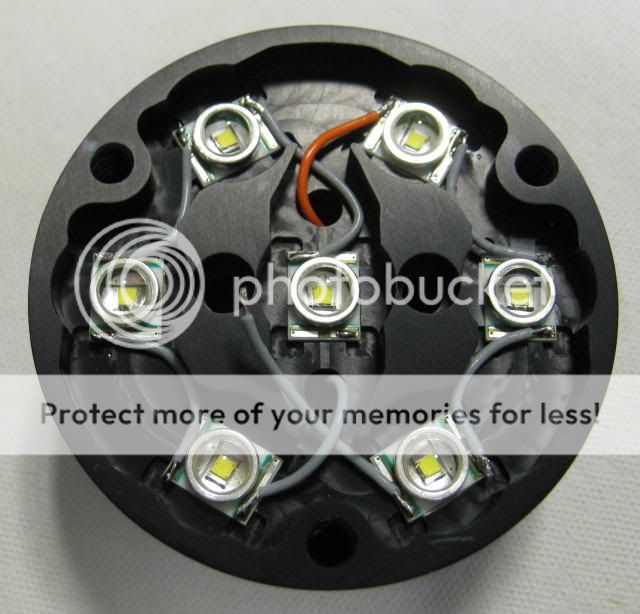I am in the process of making an xr-e r2 thrower. I am going to push the xre pretty hard.(1.5-2 amps). I have a few questions.
1. will an xre on a star be good heat transfer? Or just the bare emmiter?
2. If I just buy the bare emmiter How do you mount it to a heat sink?
3. What do you have to do to isolate the back of the emitter from the heatsink?
4. And last, where can I purchase an xr-e r2, with our without board?
1. will an xre on a star be good heat transfer? Or just the bare emmiter?
2. If I just buy the bare emmiter How do you mount it to a heat sink?
3. What do you have to do to isolate the back of the emitter from the heatsink?
4. And last, where can I purchase an xr-e r2, with our without board?


